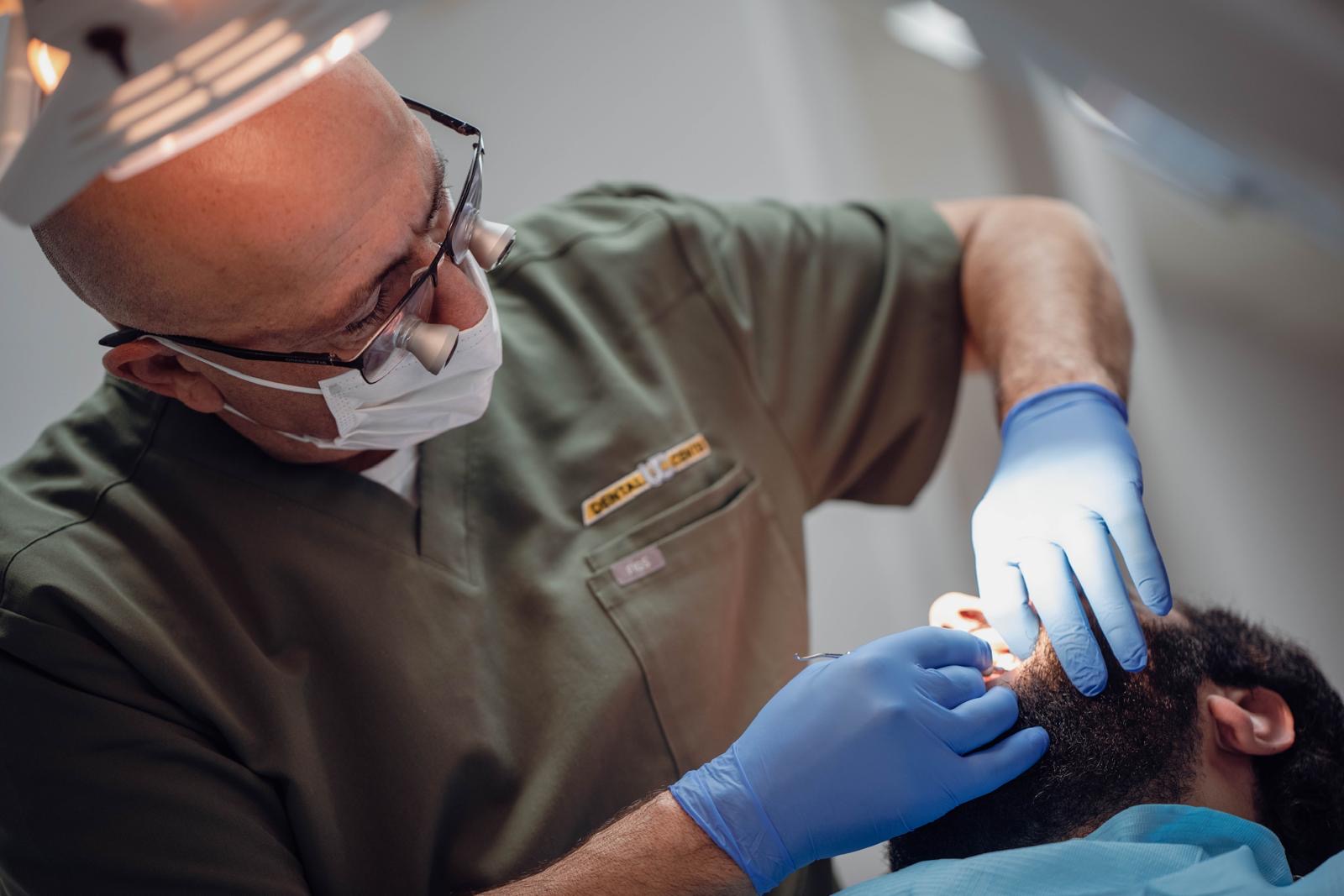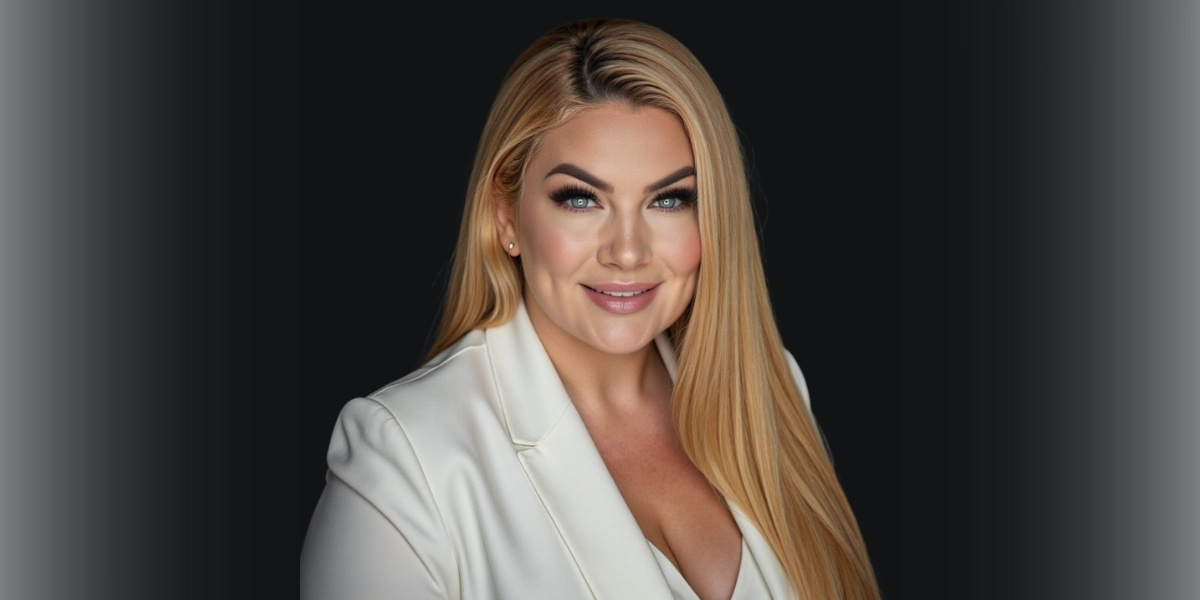Dr. Gasparian has been working in dentistry for over 30 years, performing numerous procedures to restore beautiful and healthy smiles.
In this interview, he discusses whether it’s better to choose Invisalign aligners or braces, why his patients often lose weight, and why he rarely places veneers for men. He also shares his thoughts on choosing toothpaste and the role of AI in the future of dentistry.
Dr. Jirair, what procedures do Los Angeles residents most frequently seek?
Oh, I perform a wide variety of procedures every day, from X-rays and professional cleanings to treating cavities, placing fillings, and zirconia crowns. We also specialize in cosmetic dentistry, implant placements, veneers, and Invisalign aligners.
What do you recommend to patients who want to begin orthodontic treatment — braces or Invisalign?
I always recommend Invisalign, as it’s a great option for those without serious orthodontic issues. These clear aligners can be easily removed during meals, and they’re almost invisible on the teeth. With them, teeth can be straightened in about six months, and they look very aesthetic. Personally, I don’t like braces and don’t place them, but there are cases where Invisalign is not suitable due to severe misalignment. In such situations, only braces can help, as they are a necessary treatment. By the way, an interesting fact is that many patients lose weight while wearing Invisalign.
Seriously?
Yes! We’re used to not only eating three meals a day but also constantly snacking on sweets, snacks, etc. But with Invisalign, it’s different: the aligners need to be removed before every meal, and people think twice before grabbing a quick snack. I’ve even noticed from before and after photos that many patients’ faces look slimmer. People eat more mindfully because they don’t want to keep removing and putting their aligners back on for just a snack.
What can you tell us about veneers and crowns? When is it better to choose one or the other?
The difference between veneers and crowns is that with veneers, only the outer side of the tooth is shaved, while with crowns, the entire tooth is shaved on all sides. However, it’s important to understand that veneers can only be placed on intact teeth without cavities, cracks, fillings, chips, or other damage. They’re usually placed for aesthetic reasons when a patient isn’t satisfied with the color of their teeth, even after whitening, and wants a perfectly white smile.
If a tooth already has a filling or has undergone a root canal treatment, a crown is necessary. This is because if a veneer is placed on a tooth with a large filling, both the veneer and the filling may fall off over time.
Which of these procedures do you perform most often?
At our clinic, we perform zirconia crowns more frequently than veneers. An interesting fact is that I almost never place veneers on men. When men are hungry, they don’t think about whether they have veneers or not — they just eat with pleasure and enthusiasm (laughs). Women, on the other hand, are more careful, and if they have veneers, they’re always cautious and gentle. This is my personal observation. Therefore, I almost always recommend crowns for men — they’re stronger, and they don’t require as delicate care as veneers.

What are the 3 tips you give your patients for maintaining dental health every day?
Brush your teeth twice a day, use dental floss, and visit your dentist every six months for a check-up and cleaning. If we spot any small issues with your teeth, we’ll fill them right away to prevent further complications. See your dentist twice a year, and everything will be fine.
What advice can you give when it comes to choosing toothpaste?
I always recommend choosing natural and organic toothpastes with minimal chemicals. There is a common belief that fluoride toothpastes are dangerous for health, though there is no official evidence of this. My opinion is that fluoride, in moderate amounts in toothpaste, is beneficial because it helps prevent cavities. But the dosage is important because excessive fluoride can lead to white spots on the teeth. By the way, I’ve noticed that people born and living in certain regions of the U.S. rarely have cavities, but they may have white spots on their teeth. When I notice this, I always ask, “Where are you from: Minnesota or Ohio?” because these regions have high fluoride levels in the water, which causes white spots but very few cavities.
How do you see the future of dentistry, and how could AI affect treatment methods?
I think in the future, the process of dental treatment will become simpler. For example, a patient comes in, gets an X-ray, and then the AI analyzes the image, providing a prognosis and recommendations. But I don’t believe robots will completely replace humans in the treatment process. People prefer to interact with other people, and few will want to trust their mouth to a machine. I’m generally an old-school guy and don’t trust “autonomous technologies” that much. But as they say, the future will tell.
Published by Joseph T.










